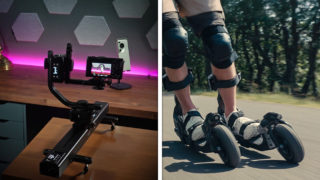Driving was once a battle against faulty car features that made life harder. Remember those water-filled bumpers in old Mustangs? They leaked everywhere and turned fender benders into impromptu car washes. Those automatic seat belts felt like slow-motion traps around your torso. And who could forget Toyota’s maddening speed chimes that beeped non-stop on the highway, forcing you to choose between slowing down or losing your mind?
Now we drive cars that actually solve problems instead of creating new ones.
20. Suicide Doors

Rear-hinged doors dominated vehicle design from the 1930s to 1960s. Lincoln Continental made them a status symbol while Ford and Mercury plastered them across their lineups. Their deadly nickname came from real danger – open one while moving and passengers flew out like they had ejector seats with no parachute. Safety concerns eventually killed them off. Years later, Rolls-Royce resurrected the concept with automatic locks and proper safety features. Classic car collectors still hunt these down, deadly reputation and all.
19. Interlocked Seat Belts
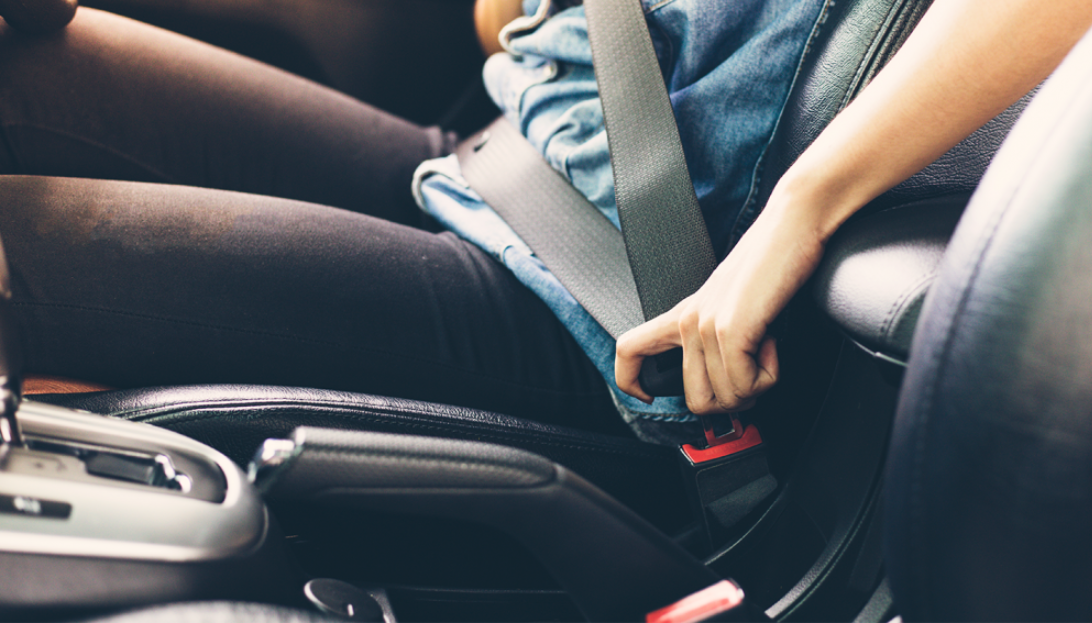
The DOT’s 1973 nightmare gave drivers cold sweats for a brief but painful year. Cars equipped with this system wouldn’t start unless belts clicked into place. Ford, GM, and Chrysler reluctantly complied with the federal mandate. Drivers developed an instant hatred for the intrusive technology. Systems malfunctioned regularly, leaving people stranded with perfectly functional cars that simply refused to start. The government killed the requirement in 1974 after widespread consumer backlash. Today’s gentle chime reminders seem positively polite by comparison.
18. Water Balloon Bumpers

Ford Mustangs from the 1960s sometimes leaked mysteriously thanks to their experimental water-filled bumpers. These soggy disasters supposedly absorbed impact energy during crashes by bursting open and spewing water everywhere. Perfect if you wanted your car to double as a mobile sprinkler system after a minor fender bender. Steel shock-absorbing bumpers mercifully drowned this idea by the early 1970s, ending the era of cars that cried when you hit something.
17. Moisture Sensing Windshield Wipers

Automatic wipers debuted in the early 1970s with reliability issues that plagued early adopters. Sensors either ignored downpours completely or frantically wiped bone-dry glass at the slightest hint of humidity. You never knew whether you’d face zero visibility or scraping blades destroying your windshield. Time and technology eventually solved these problems, transforming a hated gimmick into standard luxury car equipment now found in everything from BMWs to mid-range family sedans.
16. Headlight Wipers

Saab pioneered tiny windshield wipers for your headlights in the 1970s, with Volvo, BMW, and Jaguar quickly jumping on the bandwagon. Luxury car buyers paid premium prices for little mechanical arms that cleaned headlights nobody could physically reach anyway. These miniature status symbols became useless as headlight technology improved, finally disappearing from production cars by the late 1990s when better lens materials made them utterly pointless.
15. Built-In Child Safety Seats

Volvo and Dodge experimented with fold-out child seats in the early 1990s. The concept seemed brilliant – no more wrestling with complicated straps and bulky aftermarket seats. Reality proved less impressive when parents realized kids grow faster than car payment schedules. Expensive built-in seats became useless after a few short years of use. By the early 2000s, removable seats won the battle, giving parents both flexibility and better value for their safety dollar.
14. Cigarette Lighters

Hot metal coils powered by your car’s electrical system came standard from the 1920s through 1990s. Ford, Chevrolet, and Chrysler made sure you could smoke while driving without fussing with matches. Push the knob, wait for the pop, light your cigarette, and drive on. Declining smoking rates and growing health concerns eventually transformed these fire hazards into today’s 12V power outlets – same socket, much less lung cancer.
13. Car Phones
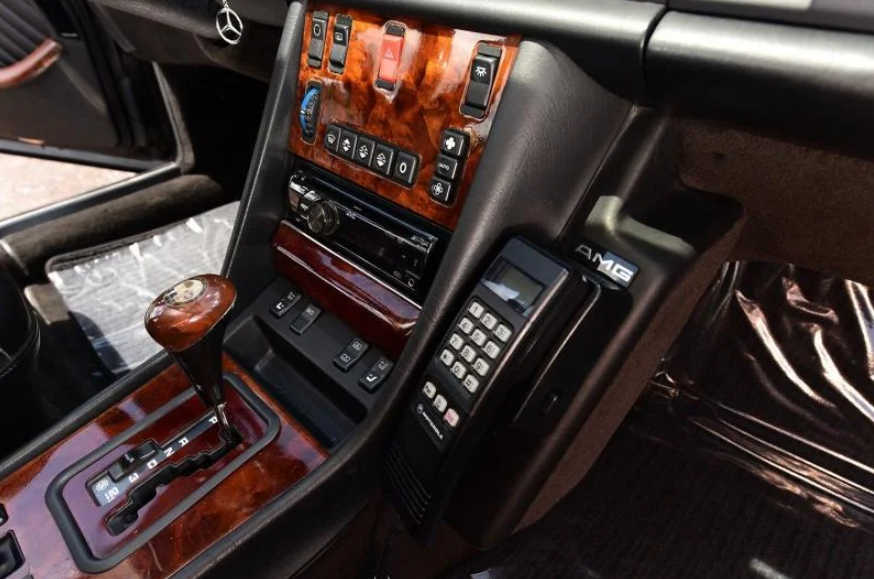
Bell System launched the first car phone service in 1946 with equipment weighing a whopping 80 pounds. These massive installations delivered terrible connection quality across limited channels at prices that rivaled house down payments. Giant antennas telegraphed “important executive” to everyone on the road. Portable cellular technology finally killed off these status symbols by the early 1990s, making mobile communication both practical and somewhat affordable.
12. Built-In Coolers

Luxury brands like Cadillac and Chrysler offered tiny refrigerated compartments in the 1950s. These AC-powered chiller boxes used the car’s climate system to keep drinks cool while driving. The fatal flaw? Turn off the engine, and your cold drinks quickly became warm disappointments. Most drivers switched to portable coolers by the 1970s, preferring ice-based cooling that actually worked for more than twenty minutes at a time.
11. Soft-Close Doors

BMW and Mercedes-Benz introduced vacuum-powered door systems in the 1990s that gently pulled themselves shut with a satisfying thunk. Luxury buyers paid thousands extra for this unnecessary convenience that frequently broke down. Repair costs regularly shocked owners when the complex systems failed, often leaving doors that wouldn’t close at all. Even wealthy drivers grew tired of the headaches, and these features began disappearing around 2010 when simpler alternatives emerged.
10. Mini Bar in the Glove Box

Cadillac’s 1957 El Dorado Brougham came equipped with a magnetized cocktail bar inside the glove compartment. Complete with shot glasses and liquor bottles, this feature perfectly captured an era before strict DUI laws. Nothing says responsible motoring like whiskey shots at highway speeds. This feature vanished by the early 1970s when car makers finally realized mixing alcohol and driving might not represent their wisest marketing decision.
9. Swivel Seats

Chrysler’s 1957 300 model and later the Chevy Monte Carlo featured front seats that rotated sideways, allowing easier entry and exit without awkward contortions. The practical concept hid serious flaws – added weight, frequent mechanical failures, and repair costs that would make your mechanic smile ear to ear. By the late 1970s, car makers reached the obvious conclusion that rotating people required less engineering than rotating entire car seats. While some experimental ideas gained traction, others—like swivel seats—faded away along with many forgotten 1970s cars that never found long-term success.
8. Automatic Seat Belts

Honda, Toyota, and Ford subjected drivers to motorized shoulder belts starting in the late 1970s. These systems automatically positioned the upper belt while still requiring manual buckling of the lap portion. What could be worse than one belt? Two belts, one of which moves on its own like a slow-motion garrote. Frequent malfunctions in hot weather made these safety devices both annoying and unreliable. Airbag technology mercifully killed them off by the mid-1990s.
7. Speed Chime

Toyota Corollas once beeped incessantly when drivers exceeded 105 km/h. The high-pitched alarm forced an impossible choice between slowing down or losing your mind. This inflexible nanny feature couldn’t adjust for different speed limits, creating constant noise on highways where drivers followed legal limits. Manufacturers finally removed these electronic hall monitors by the late 1990s after customer complaints reached deafening levels.
6. Honda Shower

The 1997 Honda CRV included a built-in shower hose powered by the car’s 12V electrical system. Perfect for anyone fantasizing about standing exposed in parking lots while dribbling cold water over themselves. This feature collected dust in CRVs worldwide until Honda mercifully discontinued it in 2006, surprising absolutely no one who understood basic human dignity and privacy concerns.
5. Wrist Twist Steering System
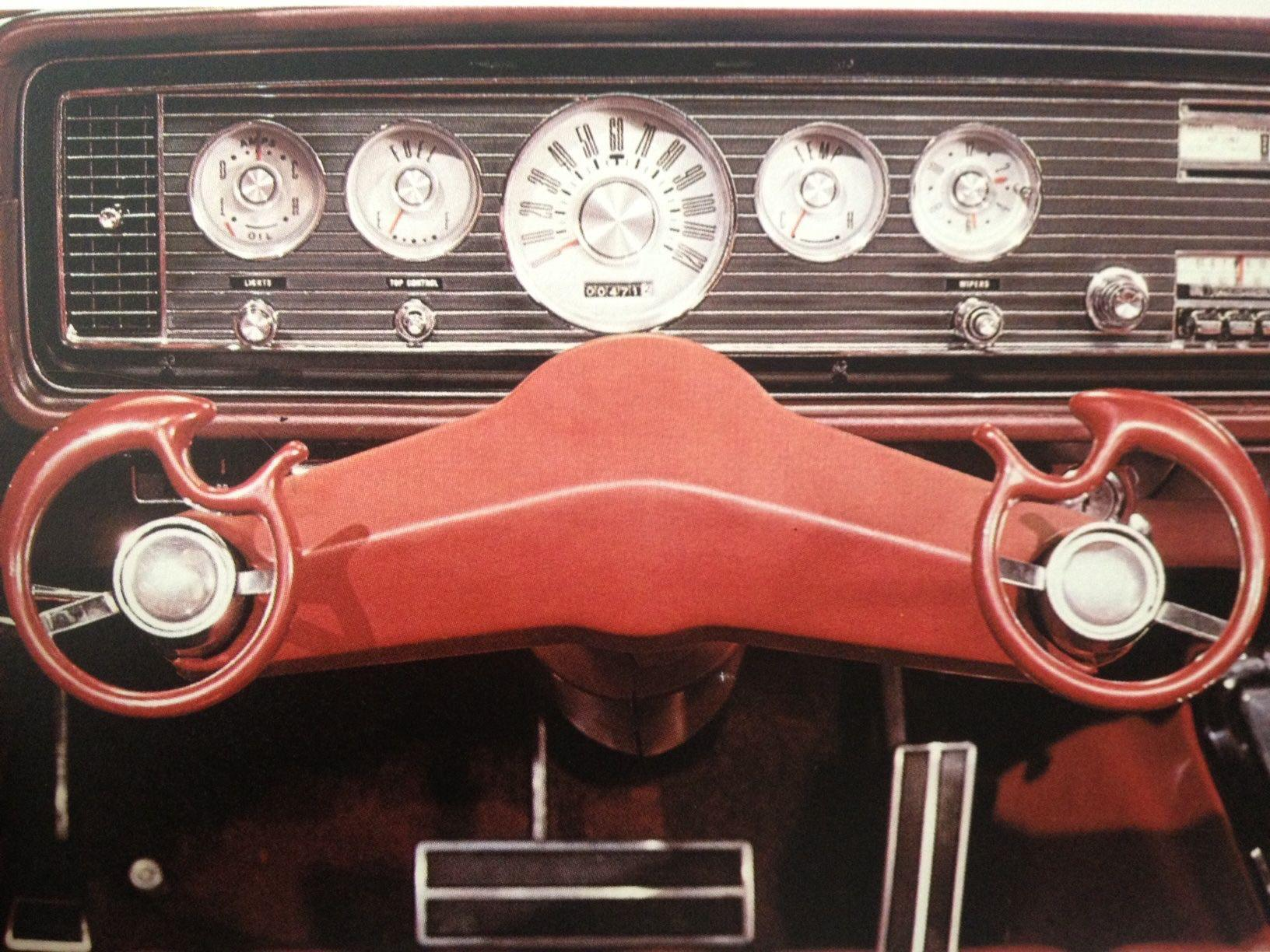
Ford experimented with replacing traditional steering wheels with two small grips in 1965. Drivers immediately hated the lack of control and precision during turns. The production costs proved prohibitive even if consumers had somehow embraced the concept. This experiment in reinventing the wheel crashed and burned faster than you could say “what were they thinking?” leaving conventional steering wheels firmly in control.
4. Wing Windows
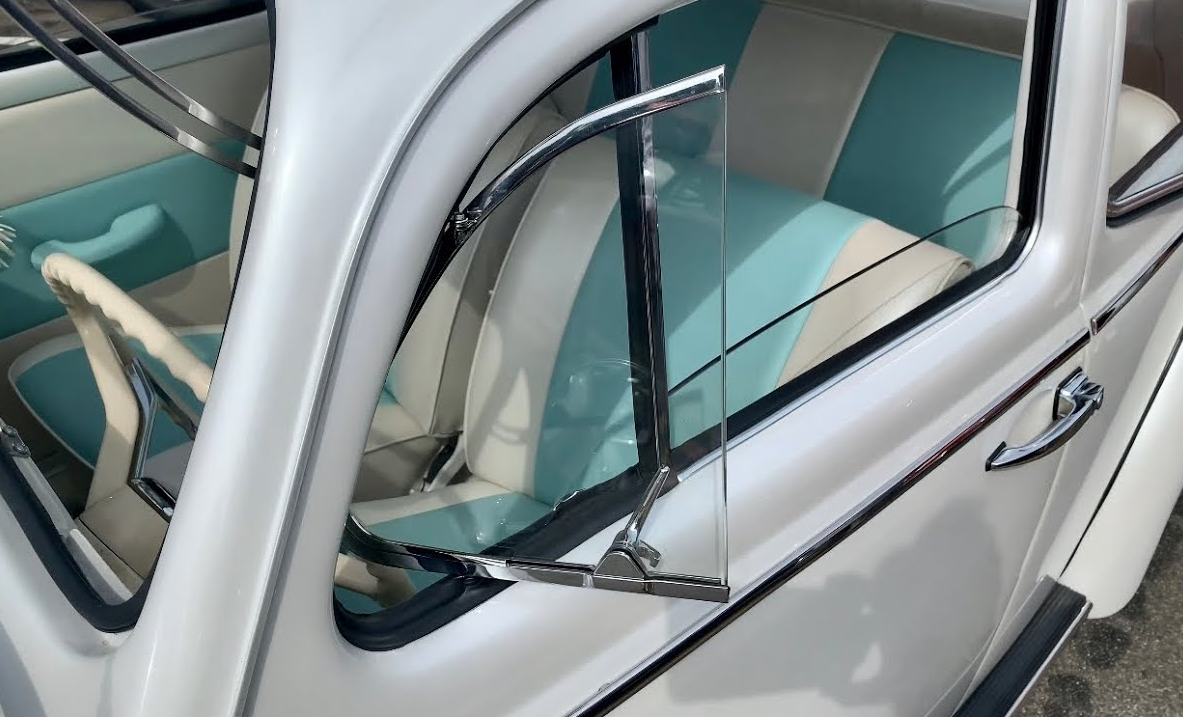
Small triangular glass panels provided airflow in vehicles from the 1930s through 1970s. Ford, Chevrolet, and Chrysler all incorporated these drafty triangles into their designs. Poor seals guaranteed leaks during rainstorms, while highway speeds produced whistling sounds that drove passengers mad. Air conditioning’s widespread adoption in the 1980s finally killed these noisy wind catchers, ending decades of drivers shouting over wind noise during summer drives.
3. Pop-Up Headlights

Hidden headlamps that emerged from car bodies with mechanical or hydraulic systems defined sports car styling for decades. Chevrolet, Mazda, and Ferrari all embraced the look until reliability issues and repair costs soured the romance. Motors died, gears stripped, and headlights often got stuck half-open, giving cars a perpetually sleepy appearance. Safety regulations and practical concerns finally ended production by the early 2000s, closing the era of cars winking at each other across parking lots.
2. Hand Brakes

Manual emergency brake levers once occupied the space between front seats in most cars. These mechanical backup systems required regular maintenance and often confused drivers during actual emergencies. Pulling the lever like stopping a runaway train provided a certain satisfaction that today’s electronic parking buttons simply can’t match. Most manufacturers have now replaced these manual systems with electronic versions that activate with a gentle touch rather than a dramatic yank.
1. Front Row Bench Seats

American cars from the 1950s to 1980s featured front seating that stretched across the entire cabin width. The Chevrolet Bel Air accommodated three adults up front, though middle passengers straddled the transmission hump like riding an uncomfortable horse. Bucket seats eventually took over by the 1990s when designers realized most drivers preferred not having passengers sitting partially in their laps while operating a moving vehicle.




